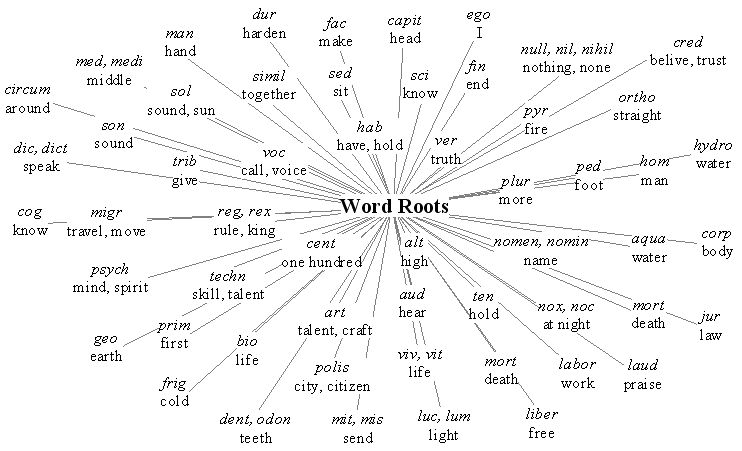Following the Japanese attack on Pearl Harbor on December 7, 1941, President Franklin D. Roosevelt issued Executive Order 9066, which permitted the military to circumvent the constitutional safeguards of American citizens in the name of national defense.
The order set into motion the exclusion from certain areas, and the evacuation and mass incarceration of 120,000 persons of Japanese ancestry living on the West Coast, most of whom were U.S. citizens or legal permanent resident aliens.
These Japanese Americans, half of whom were children, were incarcerated for up to 4 years, without due process of law or any factual basis, in bleak, remote camps surrounded by barbed wire and armed guards.
They were forced to evacuate their homes and leave their jobs; in some cases family members were separated and put into different camps. President Roosevelt himself called the 10 facilities "concentration camps."
Some Japanese Americans died in the camps due to inadequate medical care and the emotional stresses they encountered. Several were killed by military guards posted for allegedly resisting orders.
At the time, Executive Order 9066 was justified as a "military necessity" to protect against domestic espionage and sabotage. However, it was later documented that "our government had in its possession proof that not one Japanese American, citizen or not, had engaged in espionage, not one had committed any act of sabotage." (Michi Weglyn, 1976).
Rather, the causes for this unprecedented action in American history, according to the Commission on Wartime Relocation and Internment of Civilians, "were motivated largely by racial prejudice, wartime hysteria, and a failure of political leadership."
Almost 50 years later, through the efforts of leaders and advocates of the Japanese American community, Congress passed the Civil Liberties Act of 1988. Popularly known as the Japanese American Redress Bill, this act acknowledged that "a grave injustice was done" and mandated Congress to pay each victim of internment $20,000 in reparations.
The reparations were sent with a signed apology from the President of the United States on behalf of the American people. The period for reparations ended in August of 1998.
Despite this redress, the mental and physical health impacts of the trauma of the internment experience continue to affect tens of thousands of Japanese Americans. Health studies have shown a 2 times greater incidence of heart disease and premature death among former internees, compared to noninterned Japanese Americans.
The following quotations are from Personal Justice Denied: Report of the Commission on Wartime Relocation and Internment of Civilians :
"In the detention centers, families lived in substandard housing, had inadequate nutrition and health care, and had their livelihoods destroyed: many continued to suffer psychologically long after their release"
"At Gila, there were 7,700 people crowded into space designed for 5,000. They were housed in messhalls, recreation halls, and even latrines. As many as 25 persons lived in a space intended for four."
"In desert camps, the evacuees met severe extremes of temperature. In winter it reached 35 degrees below zero, and summer brought temperatures as high as 115 degrees. Rattlesnakes and desert wildlife added danger to discomfort."
"When we first arrived at Minidonka, everyone was forced to use outhouses since the sewer system had not been built. For about a year, the residents had to brave the cold and the stench of these accommodations."
*****************************************************************
DIRECTIONS: After reading the above information and quotations about Japanese Interment Camps and looking at the pictures from PBS, write a 10-line response (5-lines if typed) which addresses the following questions:
- Which is more important: safety or freedom?
- Can certain measures, such as internment camps, wiretapping, searching your house without a warrant, being denied a lawyer, and torture be justified during a time of war? Explain which measures you find justifiable and which are not and why you think so.
- How would you feel as an American citizen if you were sent to the types of internment camps that so many Japanese Americans were sent to? What would be the hardest part for you? What would you say to the President and Congress?




